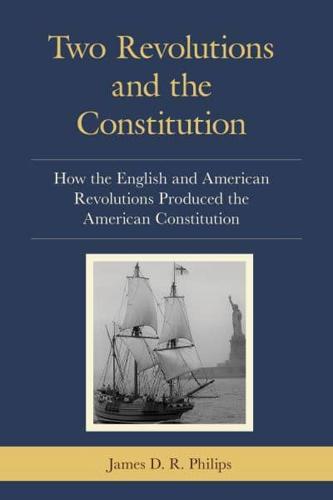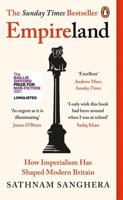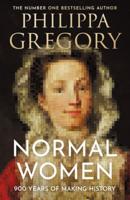Publisher's Synopsis
How and why did Americans conceive a republic built on individual liberty, in an era or oppressive monarchies? This book describes the origins of the rights and liberties which the Constitution protects, including their roots in the English Revolution and republic. It also tells the story of revolutionary American progress from British colonies to a new nation founded on the world's first written Constitution. This book describes how developments in England since Magna Carta had enabled liberty and representative government to develop in England and in America. The English replaced two kings in their revolutions of the seventeenth century, and the author explains how those revolutions resulted in enduring constitutional changes. This book shows that the charges against George III in the Declaration of Independence mirrored the charges against Charles I at the founding of the English republic. Philips considers why the American colonies were partially self-governing from their founding, and how the founding charters of the colonies contained seeds of American rebellion in the 1760s and 1770s. This book explains the gap between British and colonial Americans' perceptions of their constitutional rights, and how that gap led to British oppression and American rebellion. By means of the Constitution, the Framers aimed to establish a federal, national, and republican system of government which would protect Americans' liberties. The author explores how the Framers' experience of British colonial government, the American colonial charters, the innovations in the first American constitutions (the State constitutions), and the failure of the Confederation in the revolutionary period, all influenced the Framers in drafting the final Constitution.







